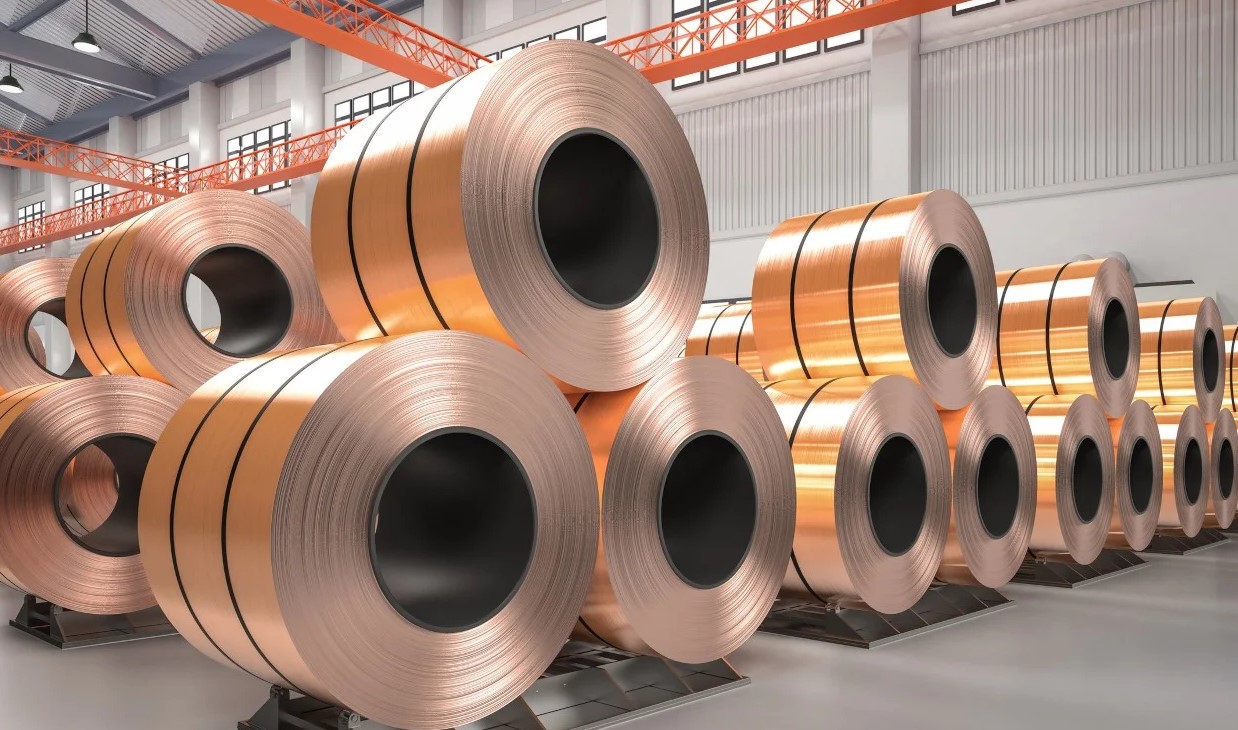Navigating international trade regulations can be complex, especially when dealing with commodities like copper. Businesses involved in global supply chains must stay updated on all aspects of compliance to avoid costly penalties or shipment delays. One of the most critical factors impacting procurement decisions is the copper sheet import tax, which varies by destination country, origin of goods, and applicable trade agreements. Understanding how this tax is calculated and which exemptions may apply is essential for optimizing costs and ensuring profitability. In this guide, we explore key considerations related to copper sheet import tax, from legal frameworks and tariff classifications to practical tips for minimizing duties and staying compliant in an evolving regulatory landscape.
In response to the newly imposed tariff structure, Stavian Industrial Metal recommends that importers reassess their global supply chains and explore cost-saving strategies. Proactive steps include:
These measures not only reduce cost exposure but also demonstrate compliance, which can reduce the likelihood of audits or disputes with customs authorities.
Tariff engineering—designing or modifying products to fit into lower-duty or exempt classifications—can be a powerful approach when applied ethically and legally. This includes:
However, this tactic must be employed carefully, with legal and customs counsel guidance, to avoid accusations of misclassification or evasion.

While the United States has adopted an assertive stance via Section 232, most other major economies have taken a more moderated approach toward copper sheet imports. In the European Union:
In contrast, Asian markets like Japan, South Korea, and China often impose tariffs to protect strategic copper refining industries. However, many of these tariffs are reduced or eliminated under regional trade agreements such as the Regional Comprehensive Economic Partnership (RCEP) or bilateral FTAs.
This comparative perspective highlights the unique nature of the U.S. 50% tariff and its deviation from global norms, underscoring the need for American importers to remain vigilant and adaptable.
There are ongoing debates over whether the U.S. action under Section 232 complies with World Trade Organization (WTO) obligations. Several trading partners, particularly in Latin America and Europe, have hinted at potential dispute filings, arguing that national security claims may be a pretext for protectionism.
If such disputes proceed, the WTO ruling could influence future copper sheet import tax policy, though enforcement mechanisms remain limited. Importers should follow these developments closely as they may signal future changes in tariff enforcement or provide avenues for redress.
Copper is a globally essential metal for electrification, renewable energy, and infrastructure development. As such, market watchers are closely observing the following trends:
The long-term success of the policy will depend on whether it genuinely leads to revitalized domestic copper production or simply increases costs for downstream industries like electrical equipment manufacturing, automotive, and construction.
Future administrations or legislative bodies may:
Stavian Industrial Metal encourages importers and manufacturers to remain engaged with trade associations and policy forums to advocate for balanced approaches that protect national interests while preserving global competitiveness.
To conclude this in-depth overview, Stavian Industrial Metal provides several actionable steps for businesses navigating the complexities of the copper sheet import tax:
Understanding the full implications of the copper sheet import tax is critical for any company involved in international procurement, logistics, or manufacturing. By taking a proactive, informed, and strategic approach, businesses can turn regulatory challenges into opportunities for long-term growth and operational excellence.
Address
Website: https://stavianmetal.com
Email: info@stavianmetal.com
